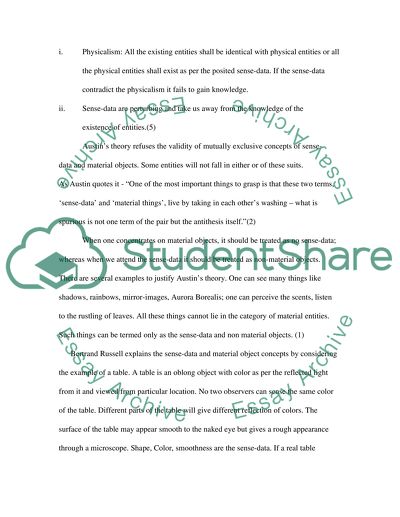Cite this document
(“Theory of Perception Essay Example | Topics and Well Written Essays - 1000 words”, n.d.)
Theory of Perception Essay Example | Topics and Well Written Essays - 1000 words. Retrieved from https://studentshare.org/psychology/1530459-theory-of-perception
Theory of Perception Essay Example | Topics and Well Written Essays - 1000 words. Retrieved from https://studentshare.org/psychology/1530459-theory-of-perception
(Theory of Perception Essay Example | Topics and Well Written Essays - 1000 Words)
Theory of Perception Essay Example | Topics and Well Written Essays - 1000 Words. https://studentshare.org/psychology/1530459-theory-of-perception.
Theory of Perception Essay Example | Topics and Well Written Essays - 1000 Words. https://studentshare.org/psychology/1530459-theory-of-perception.
“Theory of Perception Essay Example | Topics and Well Written Essays - 1000 Words”, n.d. https://studentshare.org/psychology/1530459-theory-of-perception.


